All of you in the Northern USA and Canada, you have an interest in breeding cold tolerate roses, you have it all in Percy Wright’s roses. There is a vast amount of material you could use with todays sound modern roses. I would find out where his material is greatly represented and approach them pollen collection, just hop in the car and go, I would if they were here in OZ.
Cheers Warren
it seems this was a waste of time bringing this up. oh well !!!
Or, perhaps those for whom that trait is important haven’t visited the forum since you posted it? For me, it’s intellectual interesting, but my roses only have to be “hardy” to about freezing, and even that for only a few minutes to hours annually. Mine more have to be “hardy” to intense UV and “blazing” heat to the low nineties a few days a year, with short spikes to the triple digits.
Warren, I went so far as to look up his breeder profile on HMF to see which roses he’s bred and which I might be in possession of.
I have Hazeldean, RR#1, RR#4, and Kilwinning.
Robert Erskine is another overlapping Canadian breeder that worked with Wright. Of his I have Caroyal and Prairie Peace.
Great hardiness, but not necessarily great disease resistance coming from these plants. Hazeldean is interesting, with a deeper yellow color than Harison’s Yellow, but the road to recovering rebloom is long and brings with it excessive thorniness and possible disease susceptibility. Although Hazeldean itself is not bad here, performing much better than Persian Yellow.
I have a seedling of Ann Endt x Hazeldean that is growing fairly well and might bloom for the first time this summer. I’m really curious to see the color.
I also note what appears to be two sister seedlings of Hazeldean, which while perhaps slightly less saturated, might be interesting as well. About four or five of the cultivar names are familiar to me as having been brought up on this forum by those in colder climes.
Of Percy Wright’s plants that he developed Waren is there one that stands out for you. if you were in the cold climates which he developed them ?
I had a quick sqiz over them in HMF, from what I saw from the photographs of those listed most looked very sound, There would be a lot of potential for developing hardy roses with out much effort.
Warren, if you think you would like to dabble with Percy Wright’s roses, I’d be happy to mail you pollen next spring.
Thanks for the offer Margit but our seasons are opposite, I wouldn’t have anything flowering at that time. I have done some work with Ross Rambler seedling here at home and have seed in stratification now
Cheers Warren
Hi Warren,
I’ve been working with Hazeldean for about 15 years. Progress is very slow with just one hundred days from last frost in sping to the first frost in fall.
Like some of the rose breeders in this cold climate, I went back and read not just about Percy Wright roses, but some of the other Mid-Centry rose hybriders on the Canadian Prairies. .
In the RHA News letter 6 (2) Summer 1975. Breeding Yellows, Mr. Wright lays out the difficult task of achieving yellows using Hazeldean.
Quote " I do not wish to leave the impression that to originate a new group of yellow roses from Hazeldean would be an easy task, but the prospect of complete resistance to blackspot and greater hardiness too has its own attraction. My guess is that one would need at least five generations and 1000 seedlings in each generation to attain the objective. By the way, I have never seen mildew on Rosa altaica either, though I doubt if it is completely resistant. The best source of resistance appears to lie in Rosa laxa alba"
This project can be very expensive and time consuming.
chuckp
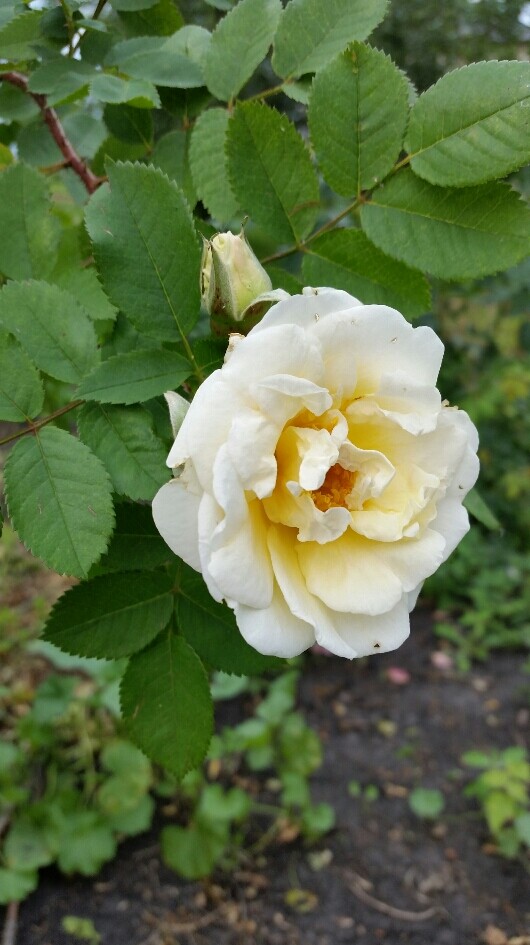
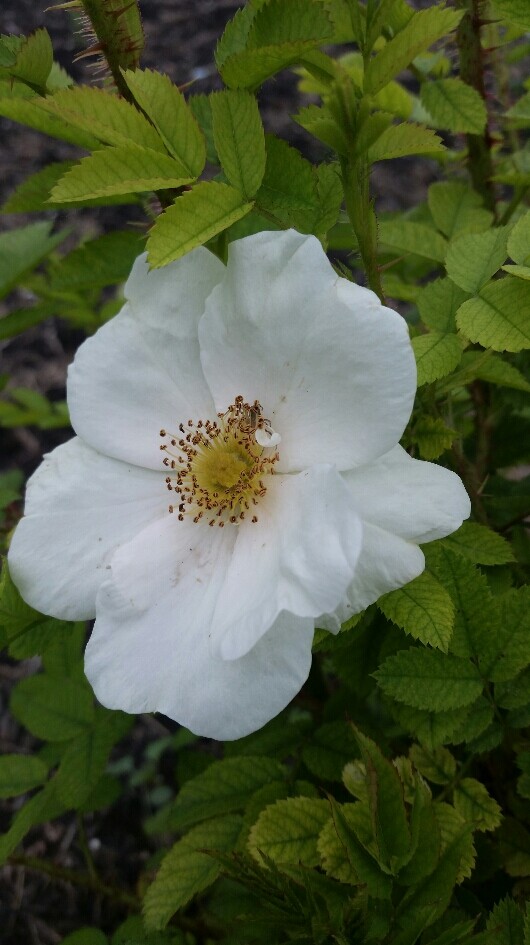
Bonjour Warren
Here is my little experience with some Mr. Wright’s roses. I agree with previous comments concerning Hazeldean, it is not easy to work whit it. I have one plant from a cross of (Rosa rugosa Alba x Hazeldean). It has single pink flower, but the foliage is lustrous and diseases free. In 2015, I have tried to repeat the Musician cross (Rugosa Hansa x Hazeldean) made in 1953. Instead of Hansa, I have used Roseraie de l’Haÿ. Among 4 germinations, 3 seedlings have been saved. Two of them have typical Rosa spinosissima influence for their spiny stems and small foliage. The third one has Rosa rugosa characteristics, but curiously this one is less thorny than rugosa type and it is the only one that has flowered in 2017, without yellow tone evidently. I will see this summer what will happen with the others two.
I have also some open pollinated seedlings obtained with Percy Wright’s roses. One plant of Alison OP, which has some repeat in fall. It has very fragrant double pink flowers, but the buds have a balling tendency. Also, I have two plants of Helen Bland OP and two of Victory Year OP. I am very happy with one of the last, even if it is rather thorny, because it blooms on old and new wood and it has a darker tone of pink in center of double flower with intense perfume. Contrary, the other Victory OP is thornless and the pale pink flower is similar to Betty Bland but very nice flower too. Last fall, I have had a surprise to see a nice first double pink flower on one plant, among eleven raised, from a cross of (Ross Rambler 14 x King J) made in 2016. The work is in progress…!
(You can see also some results and photos that I have obtained from Ross Rambler 3, here on this forum under title: ‘Walter Schowalter’ rose, (sorry I don’t know how to do a link!)).
Finally, here are some crosses using Mr. Wright’s Ross Rambler seedlings, made in summer 2017 which are in cold stratification:
Ross Rambler 3 x Ross Rambler 14
Ross Rambler 4 x R. spinosissima Altaïca
Ross Rambler 4 x Prairie Peace
Ross Rambler 6 x R. spinosissima Altaïca
Ross Rambler 6 x Prairie Peace
Ross Rambler 6 x Madeline’s Choice
Ross Rambler 14 x Ross Rambler 3
Ross Rambler 14 x Louise Bugnet
Lac La Nonne x Ross Rambler 3
Louise Bugnet x Ross Rambler 3
Roseraie de l’Haÿ x Ross Rambler 3
Wasagaming x Ross Rambler 3
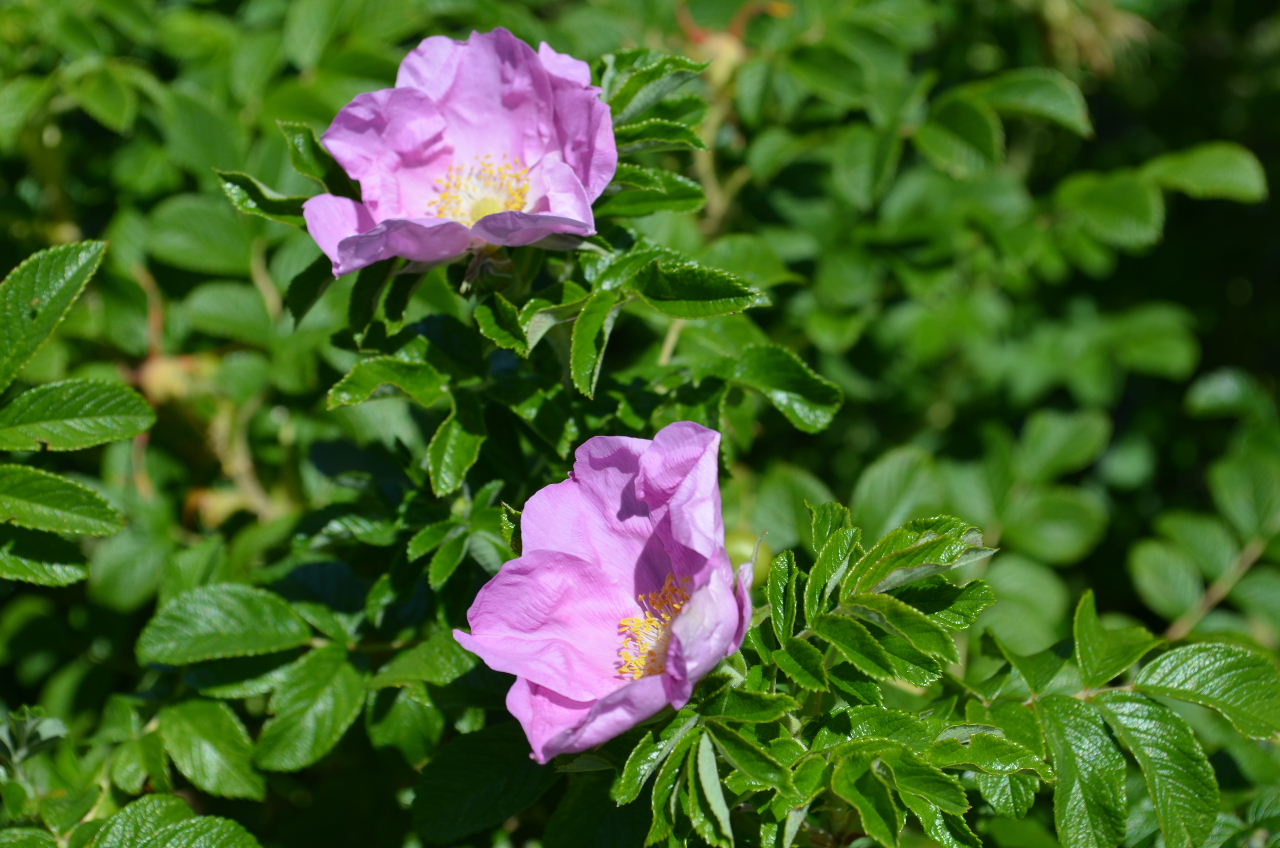
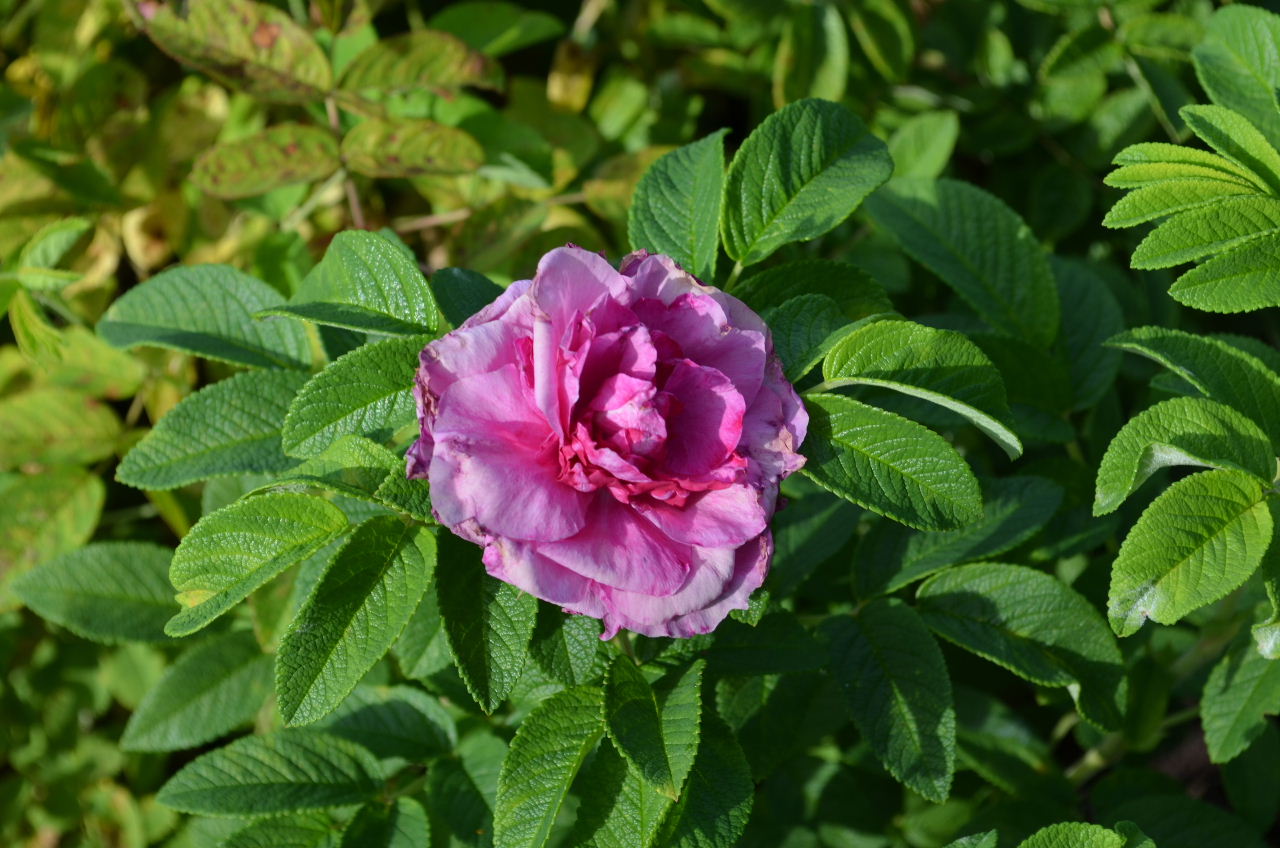

Two more photos:
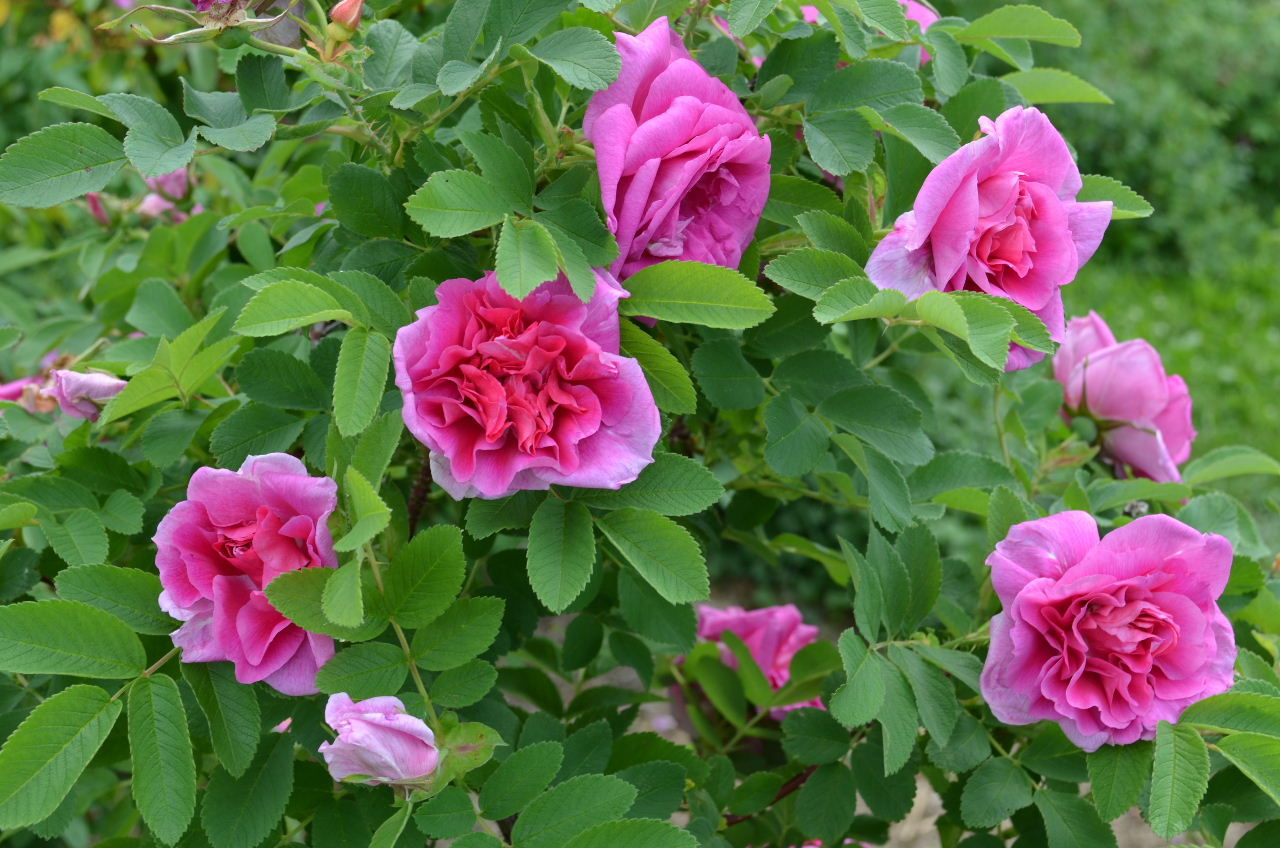
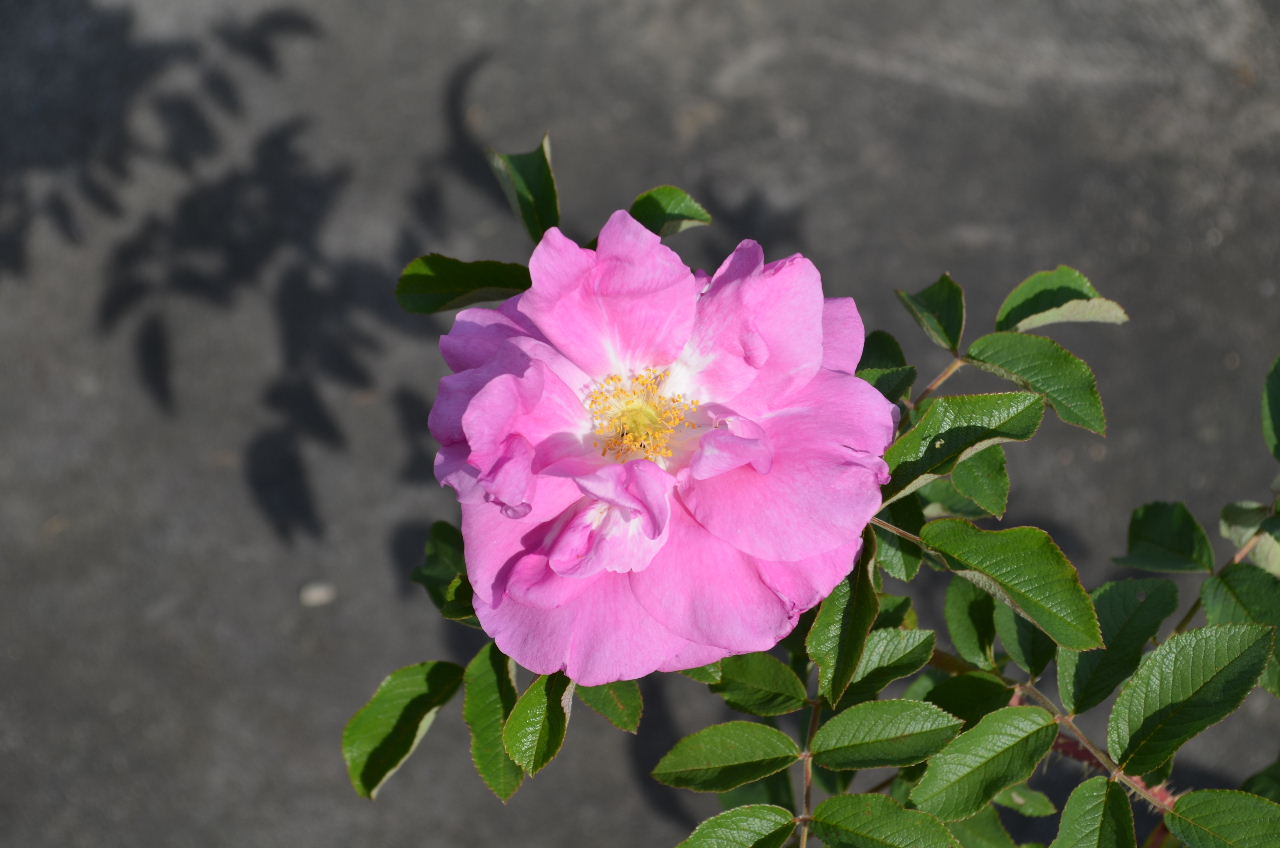
Bojour cava.
You have done well, they look great. I only have a seedling of Ross Rambler 4, from what I can see it looks a lot like the seed parent, I think it may have been an OP so probably a self. Here is a photograph of it does it represent Ross Rambler 4.
Cheers Warren
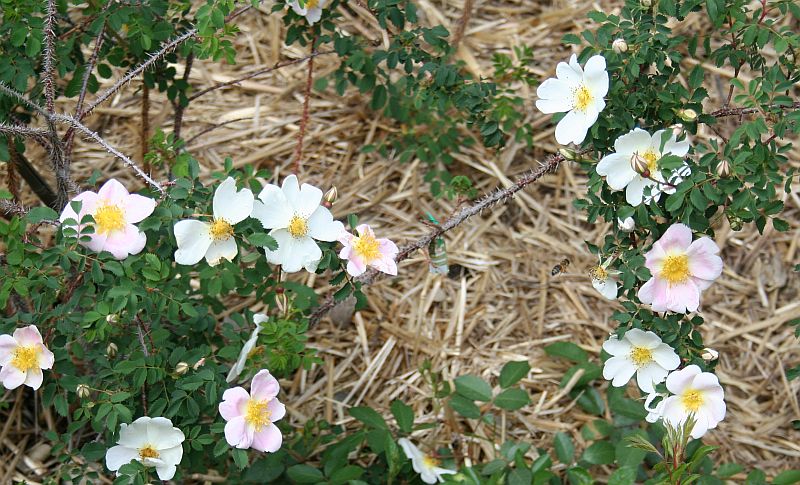
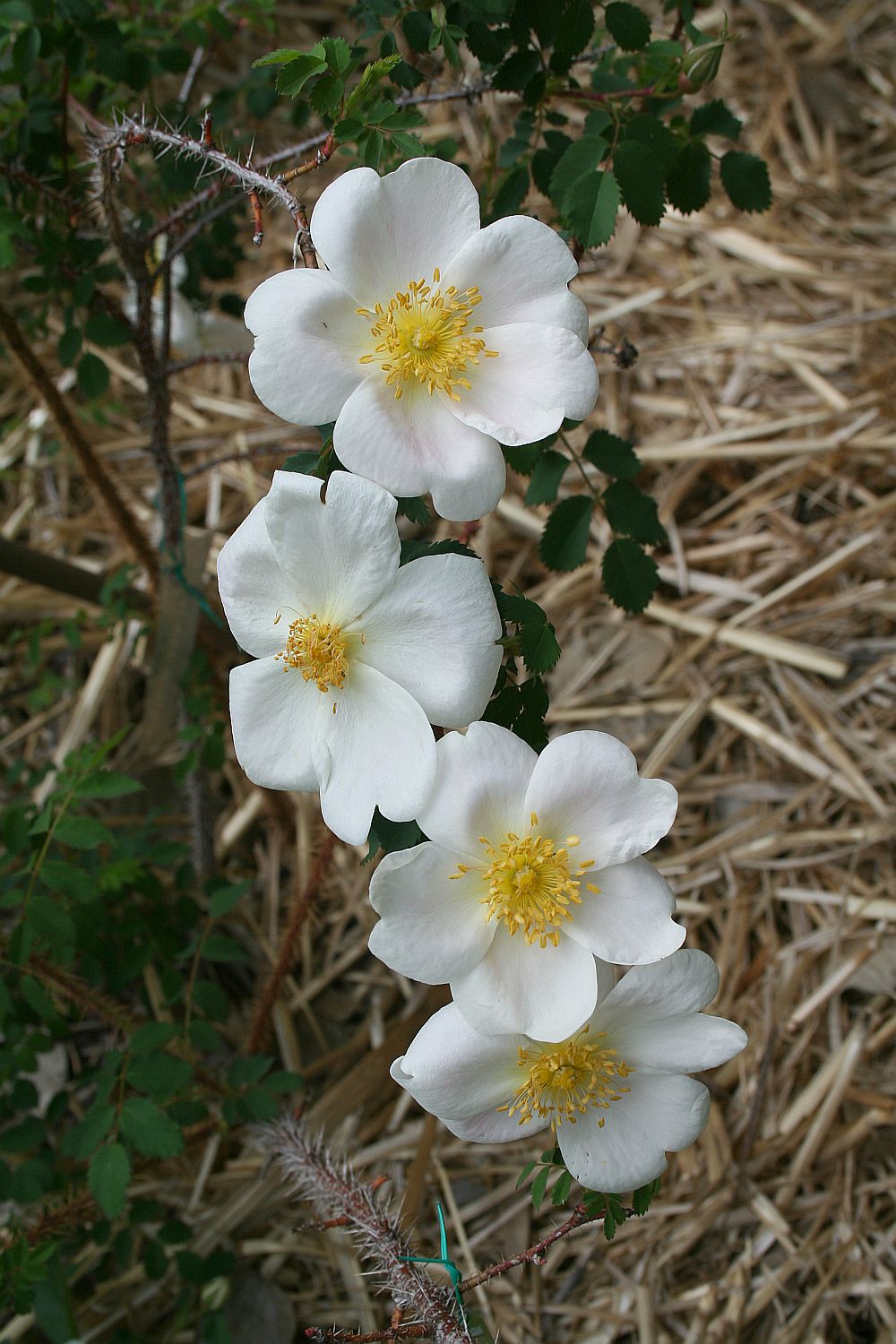
I have found over the years of using Hazeldean to create yellow non-fading yellow roses. Hazeldean does not pass on its yellow colour to its offspring readily.
Hazeldean seedling have healthy foliage, but many of the seedlings also produce deformed vegetative
buds that do not open in cool, cloudy weather.
Chuckp
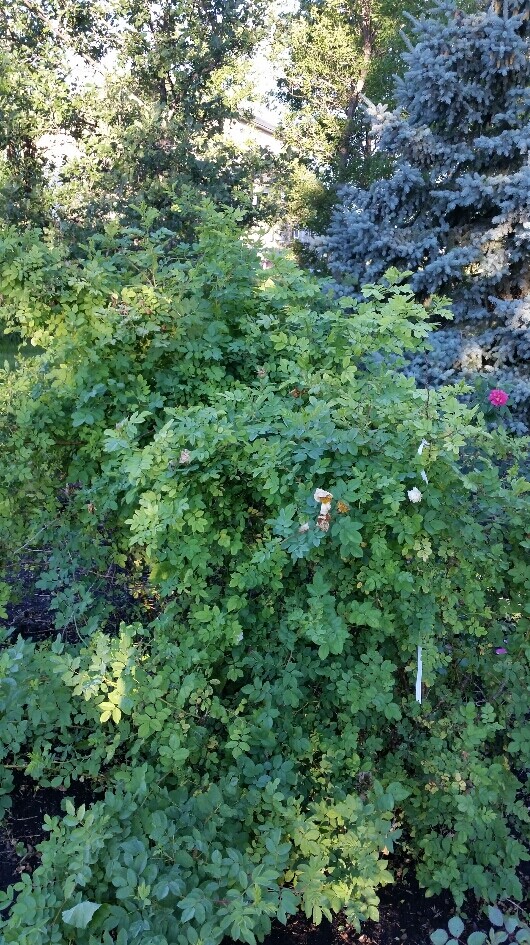
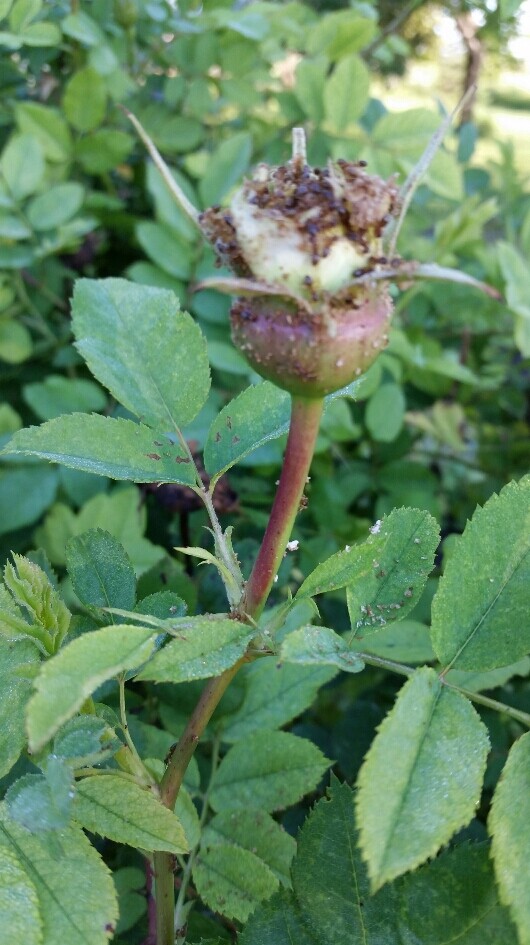
Warren,
Canadian Prairie rose breeders continue to work with some of Percy Wright’s rose cultivars in breeding programs, particularly using ‘Hazeldean’ and ‘Yellow Altai’ (sister seedling of ‘Hazeldean’).
I think I’ve expressed this before - that I think it’s unfortunate ‘Hazeldean’ wasn’t combined with Rosa laxa many years ago to develop Pillar yellow roses cold hardy to Zone 3. I’ve worked on this and will continue it.
I think it also would have been ideal to have had ‘Red Dawn’ combined with ‘Hazeldean’, like the former was combined with ‘Suzanne’ by Robert Simonet, which made possible the development of the Explorer Rosa kordesii cultivars. If this had been done, perhaps there would have been a much wider variation of flower colours in this type of roses. Again, I’m working on it.
In my opinion, the second most valuable rose Mr. Wright developed was ‘Aylsham’ (‘Hansa’ x Rosa nitida). I’ve thought it would be very useful to use in a breeding program, but I can see disease resistance is a problem in the progeny. However, by combining ‘Aylsham’ with ‘Schneezwerg’ and possibly ‘Fru Dagmar Hastrup’ I hope to overcome it.
Let’s not forget J5 (‘Prairie Magic’), which is one-half ‘Hazeldean’ and surprisingly cold hardy to Zone 3 (not all the time). It’s in the pedigree of ‘Morden Sunrise’ (and ‘Bill Reid’), of course. It also should be combined with Rosa laxa and other types of shrub roses to develop progeny having yellow flowers and also perhaps yellow flowers combined with pink.
In view of Hazeldean’s resistance to passing on yellow, I wondered if its siblings might prove to have similar merits, though perhaps less saturated. Paul, I was wondering if anyone used Kilwinning, or Yellow Altai.
Hello everyone, I am going to ask the most stupid question I think that has been posted on the forum. If Hazeldean will not pass on the yellow trait, which of it it’s parents did. If those of you which have used Hazeldean, have you gone back to the source of the the yellow ? or as a long shot tried the same cross ?. My other thought is has it been crossed with it’s self to see if it produces yellow. I assume most of this has been done, I just thought I would throw some of of my thoughts into the mix if that makes sense.
Hi Warren, I guess we have neither in Aussie.
Thank you Warren, ça va merci! As the small bee on the photo, I could be attracted by the nice pinkish flower…!